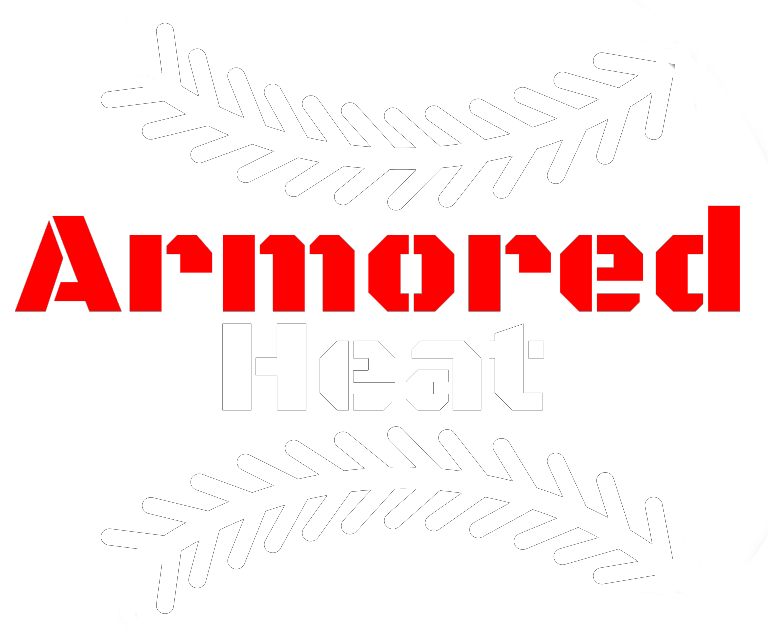Excessive Scapular Depression: The Silent Throwing Arm Killer
Take a quick look at yourself in the mirror with you shirt off. Does your throwing shoulder sit significantly lower that you non-throwing shoulder? If so, this could end up leading to some unwanted issues or discomfort down the road.
With a large portion of the Sports Medicine and S&C community programmed with the “Don’t Shrug” or “Less Upper Trap” cues, many depressed shoulder girdles keep flying under the radar with nobody explaining the potential negative consequences of this!
WHY IS IT BAD?
1) Depressed Shoulder and Scapular Complexes are usually paired with downward rotation meaning our valuable upward rotators are usually weak and long relative to the downward rotators and depressors. This can set us up for poor glenoid control when throwing and be a factor in chronic impingement or stressing of the labrum due to poor scapular control.
2) A VERY high percentage of athletes we have seen with “Thoracic Outlet” or other peripheral neurological symptoms present with a severely depressed shoulder on the side of symptoms or bilaterally. It is no shock that the nerve and vascular tissue are so sensitive to traction when they are in a preset stretch 24 hours a day. We usually see the neurological symptoms pop up at the positions of traction, so in this case it is more “double traction” than “double crush”. Positions of traction are layback for the Ulnar Nerve, elbow extension for the Radial Neve, and Ball release for the entire brachial plexus.
CAUSE:
The most common cause is scapular strength imbalance with the Lat and pecs being overly dominant in a shortened position (depression). These are often the same individuals who use their Lat as their primary scapular retractor. This is NOT saying we want decrease the strength of these prime movers. Of course, we need them to be as strong as possible. It IS saying that we need to develop the rest of the local scapular musculature to match that level. This may take inhibition in the short term, with scapular strength being the long term solution.
THE FIX:
1) Hammer Lat and Pec inhibition/elongation. Don’t stop training them, just get them out of this shortened position. The Pin and Stretch pictured above is one of many great ways to accomplish this.
2) Improve Low/Mid trap function so Lat is no longer their primary Scap retractors. This will likely be a combination of strengthening and motor control training but this will be on an individual basis.
3) Especially with this athlete, do not be afraid of overhead work in the gym (progressed correctly). Even overhead shrugs would be a good option for this athlete’s lifts. It will help to use the upper trap in a shortened position and add proper length to the Lat.



